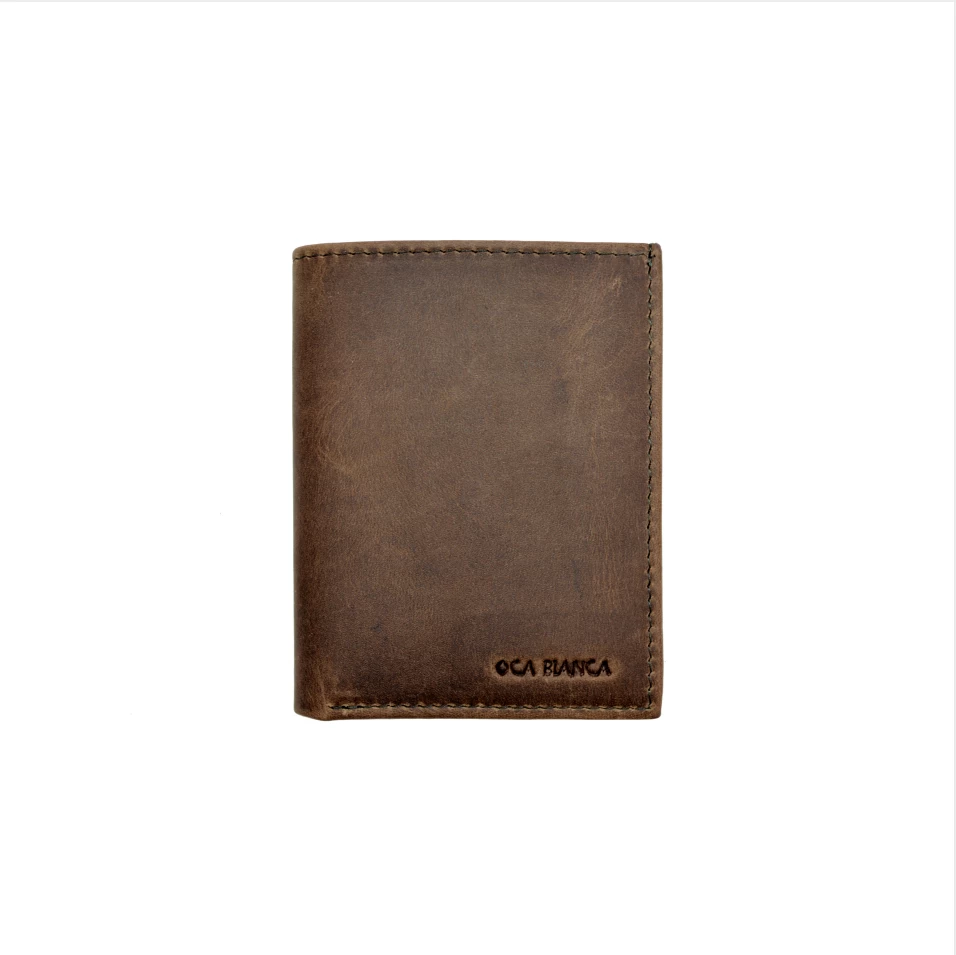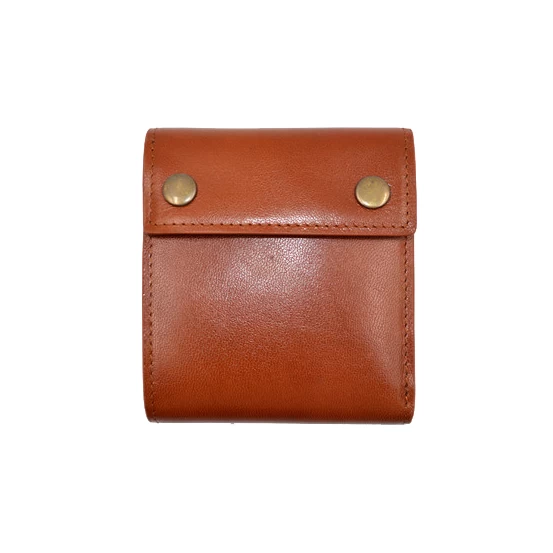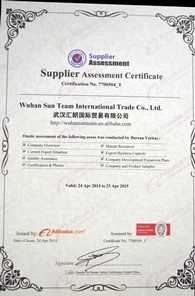Charpter 2: MACHINE FLAYING
Cara
www.walletwmazon.com
2017-06-12 10:01:29
MACHINE FLAYING
In large abattoirs machine flaying has taken over from hand flaying. Machine flaying is enormously faster and at the same time gives an almost perfect flay quality, causing less fatigue. Machine flaying refers to the most important part of a hide, the butt. Bellies and legs must be opened by knife, hence for a good flay quality the flayer must pay attention to his job.
The big drawback of machine flaying is that the machine costs a large amount of money, and needs some sort of power supply and is subject to continuous maintenance. These factors are of little relevance for a large city abattoir, but become an impossible hurdle for a small abattoir with a low production. An abattoir that produces less than 100 head of cattle per day rarely commits capital to buy such a machine.
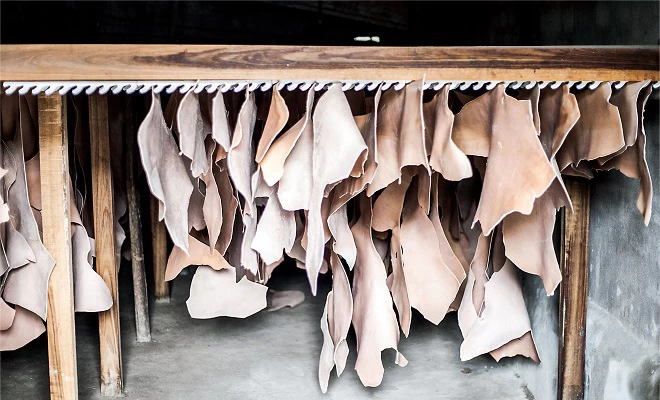
There are several flay machines available, from rather basic to very sophisticated running from Us$ 15’000 to Us$ 25’000 and more. All produce hides without cuts or holes and take about one minute to pull a hide from a carcass. The operation is executed in a rather brutal way because the hide is pulled from the carcass using the weakest link between hide and carcass namely the fat. Some fat remains on the hide, some on the meat. Some meat will also remain attached to the hide and in order to reduce the quantity of meat staying on the hide one has either to hand-assist the flaying or by means of a Jarvis knife. In developing areas the meat that remains on the hide is subject to manual fleshing, which unfortunately causes cuts to otherwise perfect hides.
VERTICAL AND HORIZONTAL FLAYING
Whatever the method used, hand flaying or hand assisted machine flaying, there is a choice whether to perform the operation, or part of it, with the carcass lying on the ground, or with the carcass hanging vertically from a hook or rail.
Experience and logic show that when a carcass is lying on the floor of a slaughter house or slaughter slab, the quality of the flaying is lower than when the flaying operation is executed on a hanging carcass. The flaying job on a hanging carcass is done easier, faster and with less fatigue. The fringe benefit of working on a hanging carcass is also improved hygiene and better food safety to the benefit of public health.
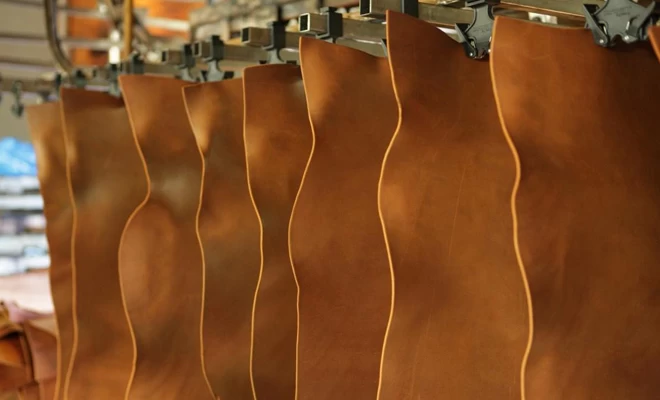
In large abattoirs machine flaying has taken over from hand flaying. Machine flaying is enormously faster and at the same time gives an almost perfect flay quality, causing less fatigue. Machine flaying refers to the most important part of a hide, the butt. Bellies and legs must be opened by knife, hence for a good flay quality the flayer must pay attention to his job.
The big drawback of machine flaying is that the machine costs a large amount of money, and needs some sort of power supply and is subject to continuous maintenance. These factors are of little relevance for a large city abattoir, but become an impossible hurdle for a small abattoir with a low production. An abattoir that produces less than 100 head of cattle per day rarely commits capital to buy such a machine.

There are several flay machines available, from rather basic to very sophisticated running from Us$ 15’000 to Us$ 25’000 and more. All produce hides without cuts or holes and take about one minute to pull a hide from a carcass. The operation is executed in a rather brutal way because the hide is pulled from the carcass using the weakest link between hide and carcass namely the fat. Some fat remains on the hide, some on the meat. Some meat will also remain attached to the hide and in order to reduce the quantity of meat staying on the hide one has either to hand-assist the flaying or by means of a Jarvis knife. In developing areas the meat that remains on the hide is subject to manual fleshing, which unfortunately causes cuts to otherwise perfect hides.
VERTICAL AND HORIZONTAL FLAYING
Whatever the method used, hand flaying or hand assisted machine flaying, there is a choice whether to perform the operation, or part of it, with the carcass lying on the ground, or with the carcass hanging vertically from a hook or rail.
Experience and logic show that when a carcass is lying on the floor of a slaughter house or slaughter slab, the quality of the flaying is lower than when the flaying operation is executed on a hanging carcass. The flaying job on a hanging carcass is done easier, faster and with less fatigue. The fringe benefit of working on a hanging carcass is also improved hygiene and better food safety to the benefit of public health.











